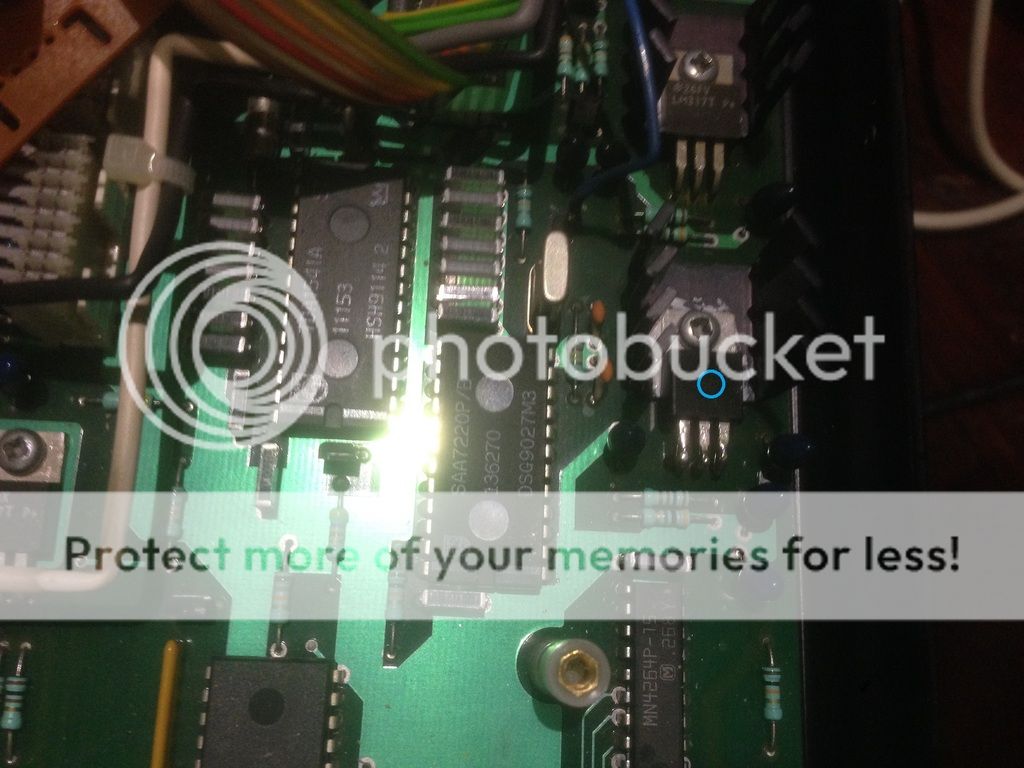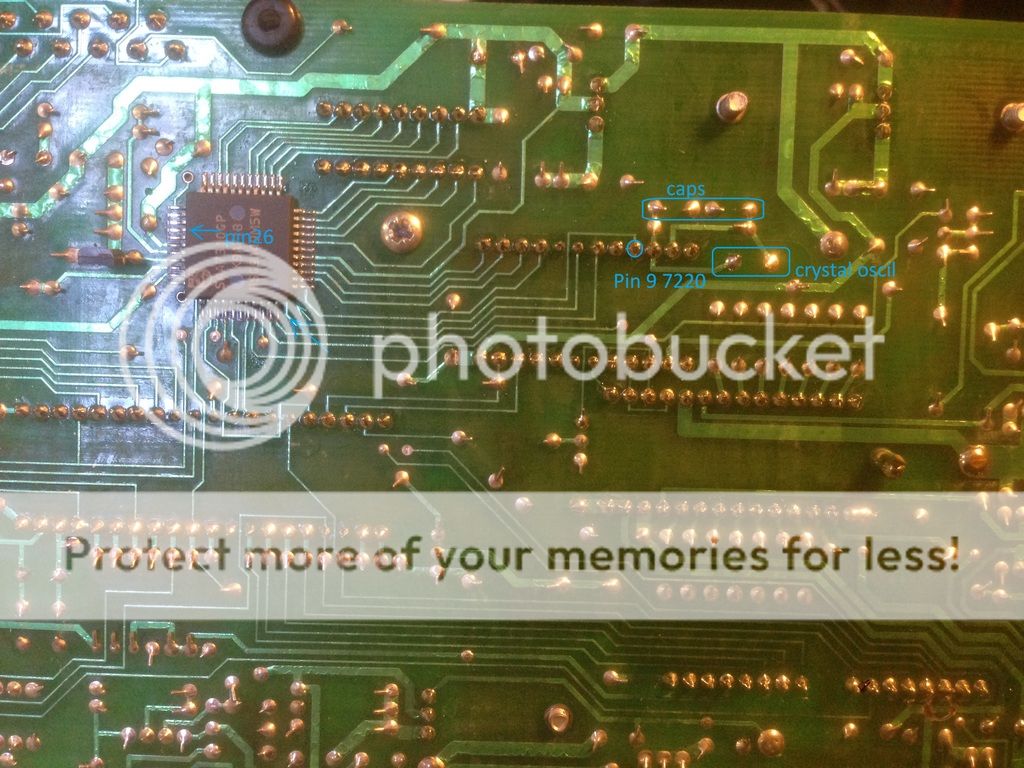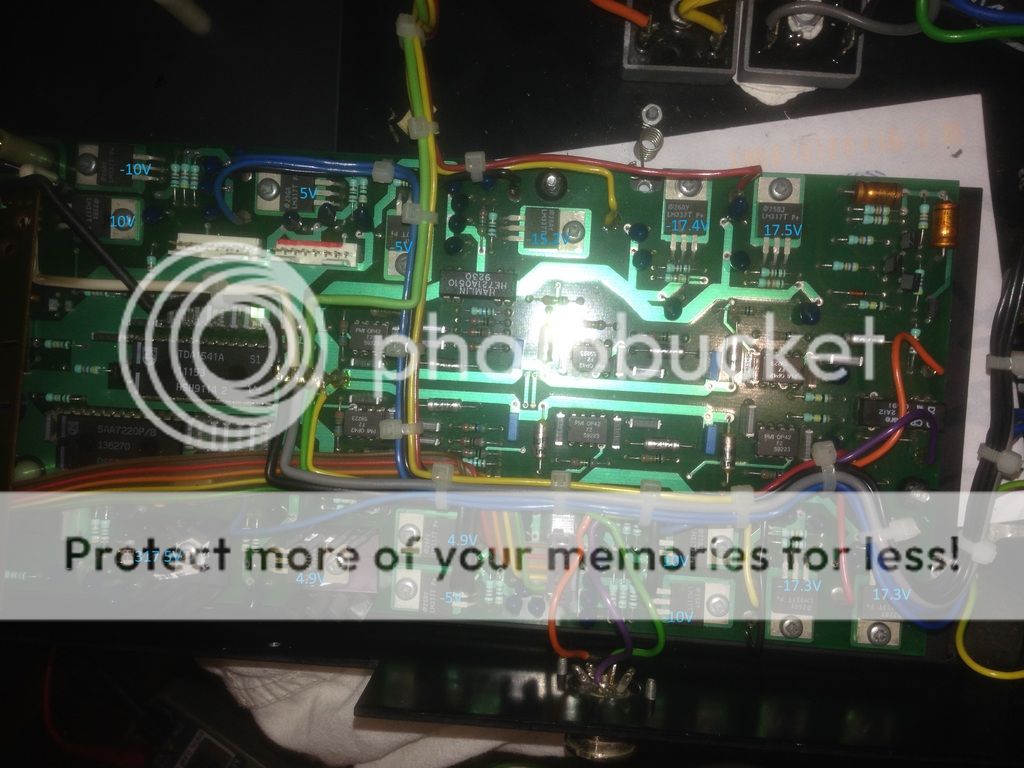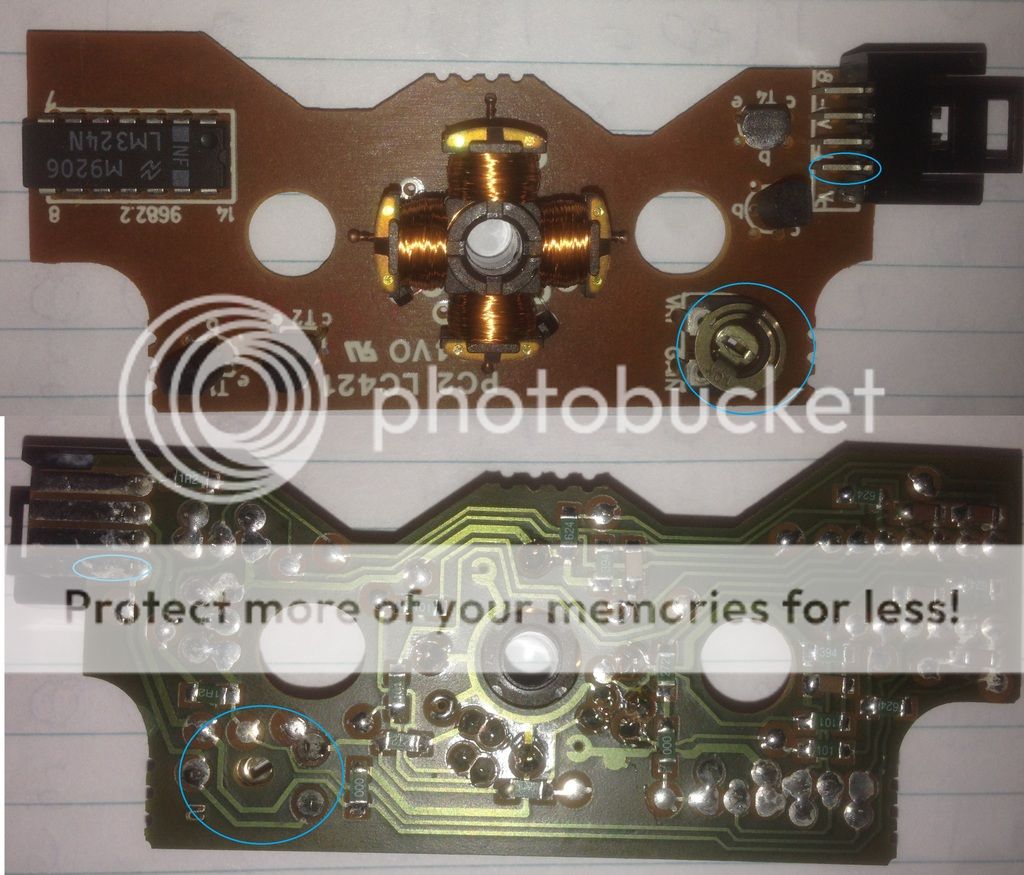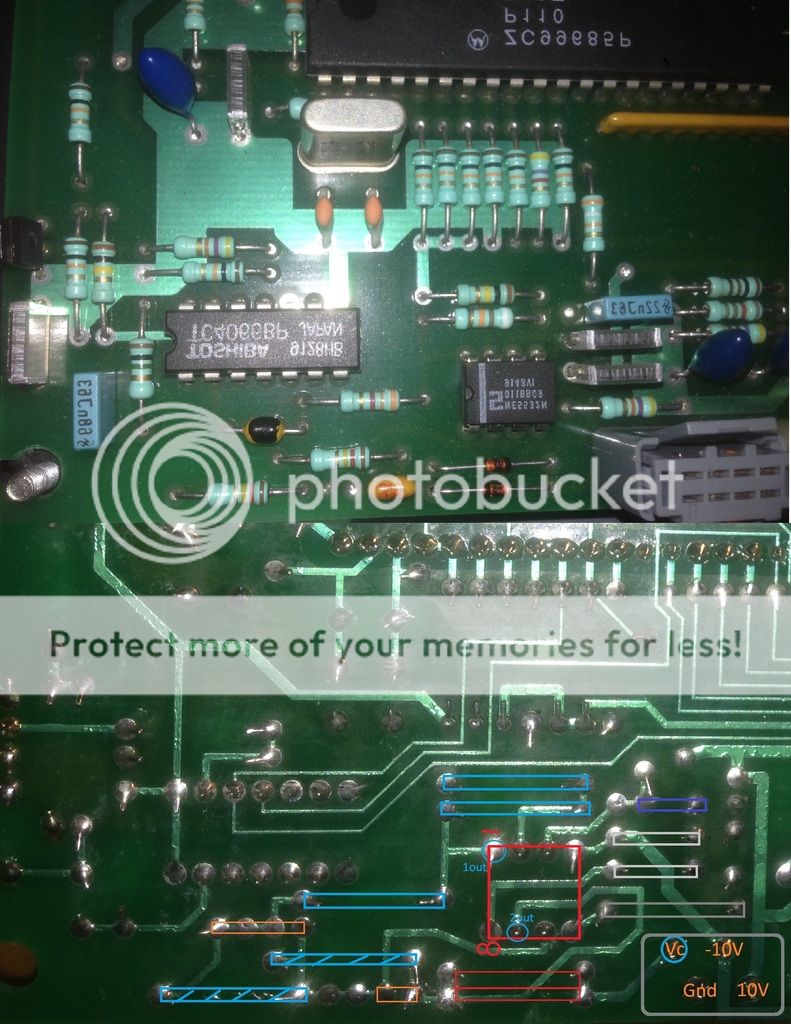iqpi
Member
Hello everyone I've just bought a Naim CDi with issues (that how the previous owner described it). Up on powering the unit up I noticed the motor spins immediately and fairly fast CCW, it just spins and spins no matter what I press, with or without CD. The laser tried to focus and stay in inner-center position but the warp speed made it chucked out an error.
Further inspection revealed that for some reasons someone tried to scratched out two electrical traces. One of the traces lead to the 220uf caps the other leads to the lid switch-connector and the red wire that goes to the collector of transistor 8c338. Right now I have reconnected the traces with solder wires (temp fix) and fired it up. The speed is the same but this time the laser goes all the way out to the edge and stays there and no focus whatsoever. To put insults to injuries I think I smelled that beautiful electrical fume coming out from one of those 220uf caps
I'm not sure what I should do next..any help is greatly appreciated.
Aaron
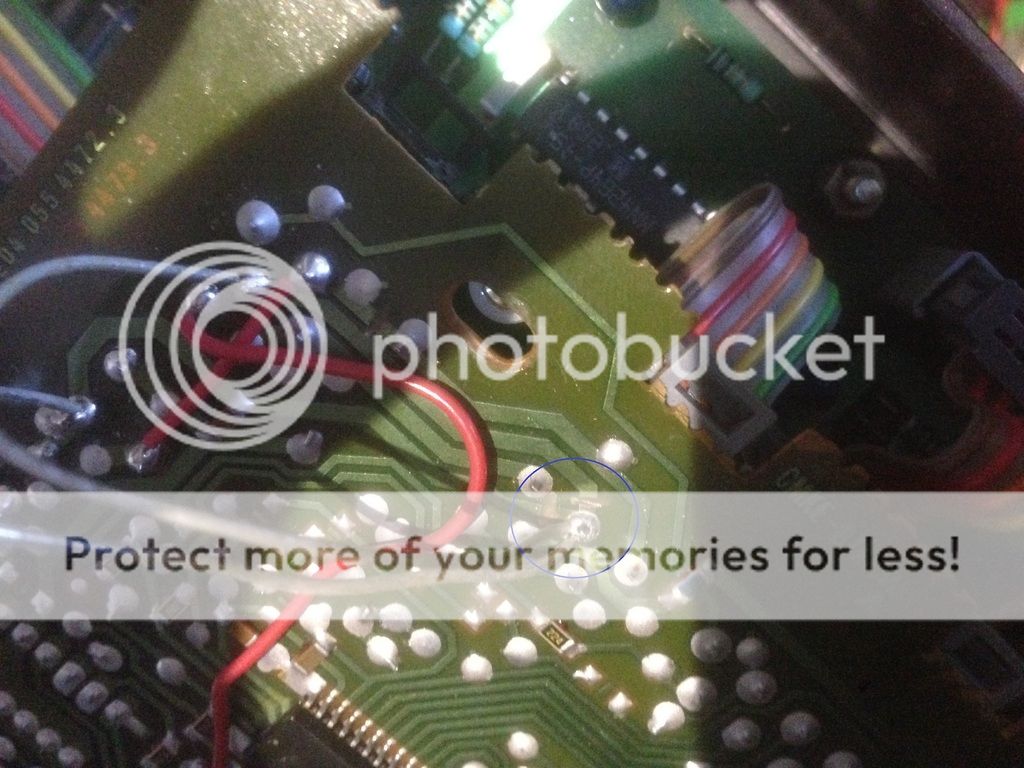
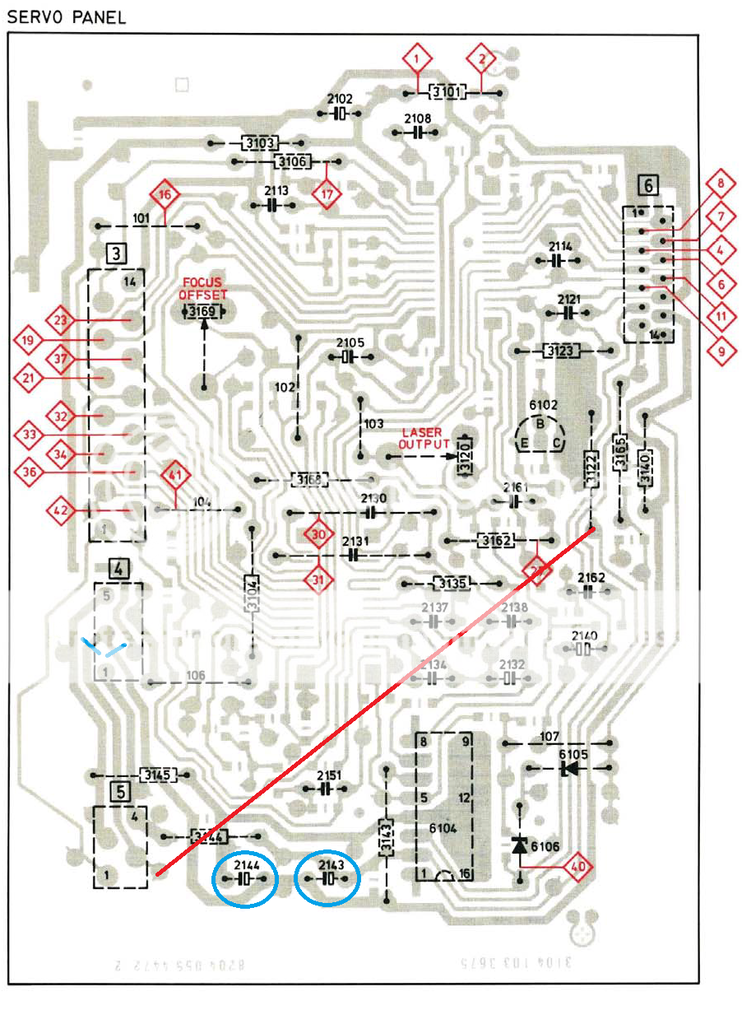
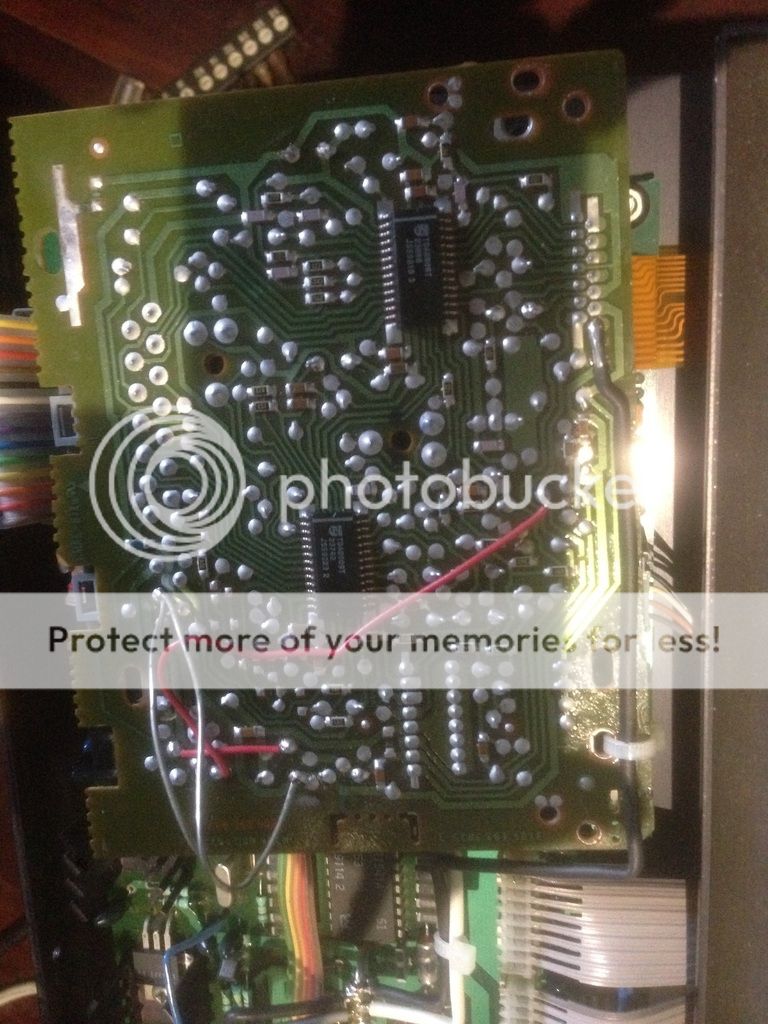
Further inspection revealed that for some reasons someone tried to scratched out two electrical traces. One of the traces lead to the 220uf caps the other leads to the lid switch-connector and the red wire that goes to the collector of transistor 8c338. Right now I have reconnected the traces with solder wires (temp fix) and fired it up. The speed is the same but this time the laser goes all the way out to the edge and stays there and no focus whatsoever. To put insults to injuries I think I smelled that beautiful electrical fume coming out from one of those 220uf caps
I'm not sure what I should do next..any help is greatly appreciated.
Aaron





